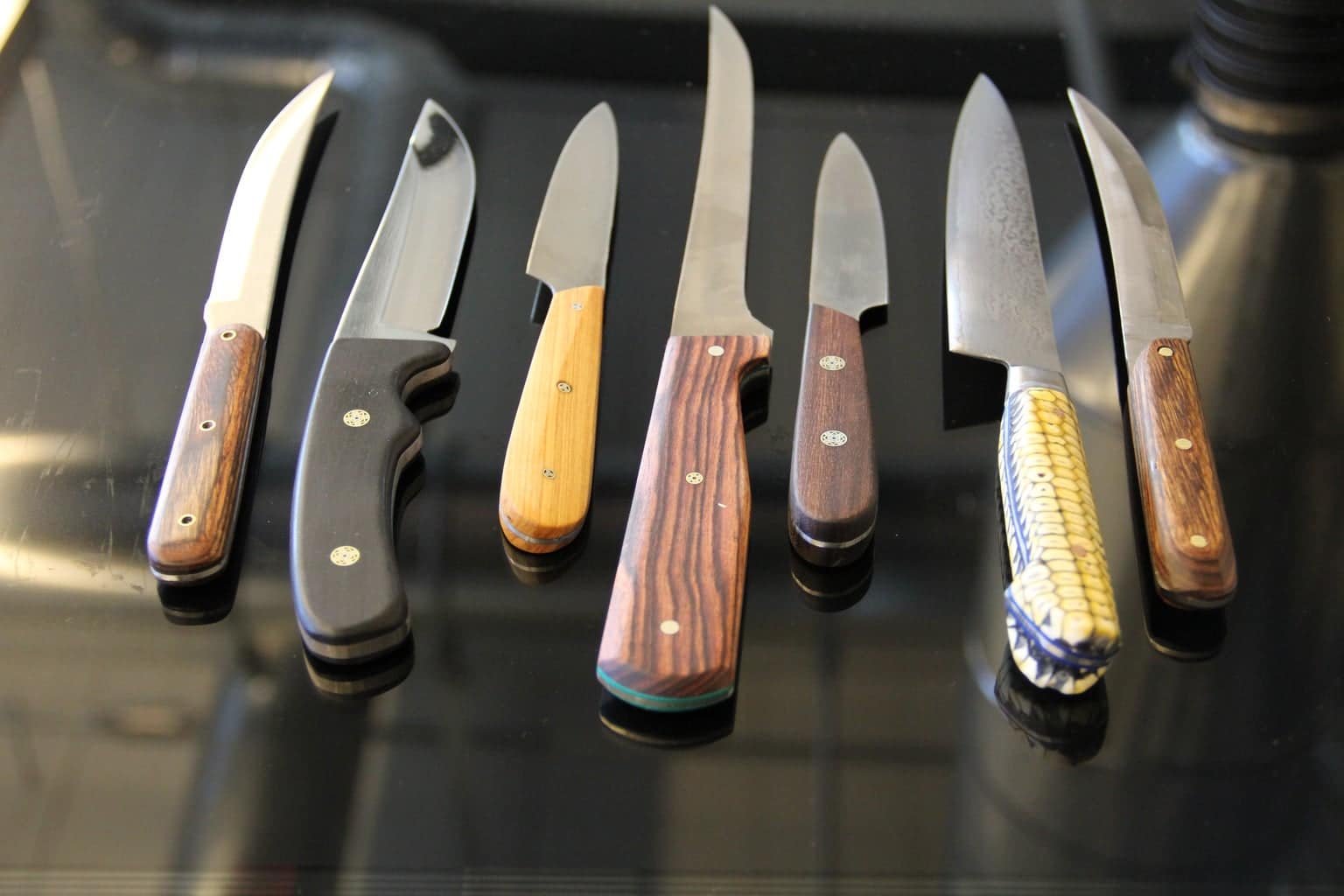
Wooden knife handles are beautiful and add a nice touch to knives. They are also very comfortable and allow a good grip when cutting.
The downside of wooden handles is that they are prone to stress cracks in dry climates and the handles can also shrink a bit with age.
How to Make a Knife Handle
Wood is one of the most popular knife handle materials, primarily due to its affordability and the fact that it is available in many different shapes. It is also easy to work with and has an attractive natural appearance.
However, wooden handles can become porous over time and lose grip. This is why it is important to stabilize your wood before making a knife handle.
Another classic knife handle material is leather, either wrapped around a metal tang or stacked in leather disks. Leather is a renewable resource and offers a good grip if wrapped correctly.
A cord wrap can also be a nice addition to a knife handle, and can be anything from old fashion Jute twine to modern paracord. These can be textured or contoured to give the user a comfortable grip, even when wet.
Materials
Wood is one of the most popular handle materials for knife makers, it’s pleasing to the eye, feels good in the hand and it’s durable. It’s also biodegradable and renewable, making it a perfect choice for eco-conscious knifemakers.
There are many different types of woods available to make your knife handles from, and each offers a unique look, grain pattern, chatoyance and colour. It’s important to choose the right type of wood for the job at hand.
Traditionally, hickory has been the most common choice for knife handle construction, being straight-grained and shock-resistant, but Indian rosewood is also becoming increasingly popular.
A wood composite handle combines a mix of wood and other materials like plastic to retain the aesthetics of wooden handles while offering additional benefits such as durability, grip or comfort. Pakkawood is a popular example of a wood composite handle.
Woods can be a bit more fragile than synthetic materials, and they are often prone to swelling or shrinking when exposed to moisture or humidity. This is why it’s always best to keep your knife handle dry as much as possible when you’re not using it.
Preparation
Wooden knife handles are a great option for a wide range of knives because they feel good in your hand, give you a firm grip and prevent your blade from slipping out of your hands. They also look nice and help your knife to have a distinctive personality.
Some woods are better for making knife handles than others, so you should be aware of their qualities before choosing one to use. For example, ebony is a luxurious and durable wood that’s ideal for upscale knives.
Amboyna is another beautiful hardwood that’s ideal for artisan knives, though it’s more expensive than some other options. It’s also solid, stable and resists oxidizing.
Wood can dry out if not properly cared for, so it’s essential to oil it once in a while to keep it healthy. You can apply a couple of drops with a clean cloth, and let the wood soak in for a few hours before wiping off.
Finishing
The finish on a knife handle will determine how the knife is used and will make it more comfortable and durable to hold. A good finish will help the wood resist moisture and cracking while also giving it a more polished look.
There are several different types of finishes that can be applied to a wooden knife handle. Some are more effective than others.
Tung oil is a common choice, as it delivers a protective coating while looking good. It feels a little grippier than other wood finishing options and is non-toxic.
Linseed oil is another option, as it can strengthen the wood and keep it supple. It is also non-toxic and safe for use around children and pets.
Another finish that is used to protect the handle is beeswax, which can add a lovely finish while also being non-toxic. This is a good choice for wood handles that will be stored outdoors. It dries quickly and is easy to apply.
